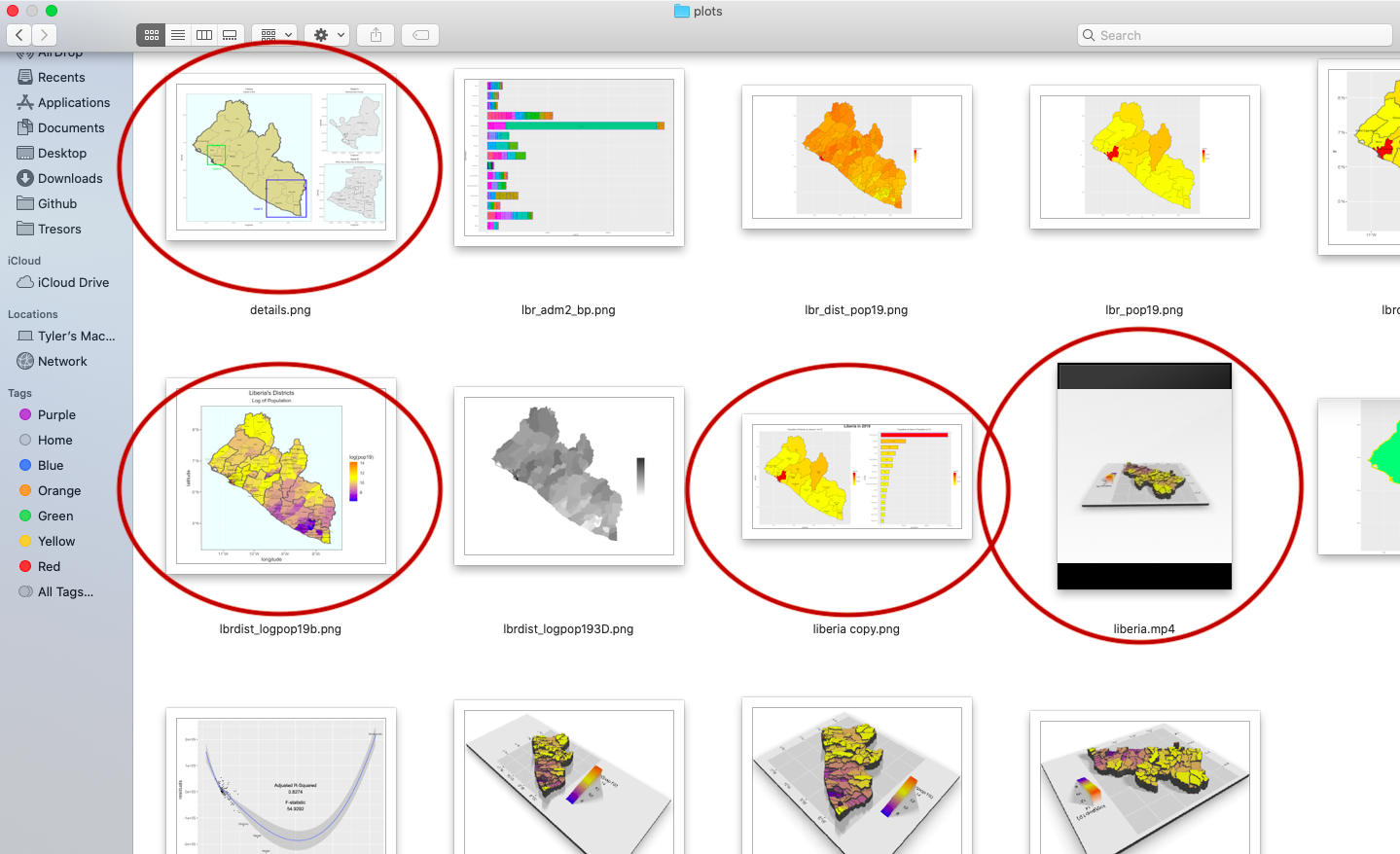
As Albert Einstein said: > Insanity is repeating things and excepting different results. In markdown, we use “>” for writing quotes. In markdown, we can create links using “! (address of the image)” !( ) BlockQuotes In markdown, we can create links using “(address of the website)” () Images * item 1 * item 2 * item 3 * sub-item 1 of item 3 * sub-item 2 of item 3 Links

In markdown, we can easily create an unordered list in the way given below. In markdown, we can easily create an ordered list in the way given below. Like Html in markdown, we also have two types of lists. ***This will be both bold and italic*** Lists In Markdown, we use “***….***” to make the text italic. *This will be italic* Italic and bold text In Markdown, we use “*….*” to make the text italic. In Markdown, we use “**….**” to make the text bold. # heading 1 # heading 2 # heading 3 # heading 4 # heading 5 # heading 6 Bold text Like Html in markdown, we also have six headings based on their size(H1-H6). Markdown Syntax HeadingĪlmost in the every-text document, you will see the headings. Most of It is almost the same as markdown. GFM provides an additional set of useful features, many of which make it easier to work with content on. Github has released its own markdown language based on the original markdown.
#Markdown github download#
If you want to get a markdown cheat sheet completely for free, you can click here to download a copy from - Markdown Cheat Sheet. Oh, and don’t forget to follow me there too! 😜 Markdown is often used to format README.md files, for writing messages in the online discussion forums, and to create rich posts, Like In Dev.to, you can only write and format posts using markdown. It was developed by John Gruber in 2004 and is almost the world’s most popular markup language. Sometimes, we also use markdown as a utility to convert the files into HTML(Hyper-text markup language). We can transform the text to italic, bold, or underlined and we can create lists, links, and heading using alpha-numeric characters like ‘*’ and ‘#’.


Markdown is a lightweight markup language that we can use to add formatting to a plain-text document on the web. What is Markdown?īefore we start learning anything, we must know what it is.

So, in this article, we will learn about Github markdown syntax and what is markdown in general. If you are like me and you think that you too can’t learn Github markdown syntax, you might be wrong. I thought I would never be able to learn this language, at least not in this life. Github uses Liguist to perform language detection and syntax highlighting, so the above may not be needed after all.As I was starting out with Github, I always wondered that how can people get to learn about markdown? It seemed to me, like completely whole alien’s language using “#” or “#”. My ( $self, $paragraph ) = analyze $paragraph and return language identifier To expand on this logic, or to add other languages one may subclass this module and overwrite the syntax method. This module performs a very simple linguistic check to identify if it's dealing with Perl code. This module inherits from Pod::Markdown and adds those backticks and an optional language identifier. Github flavored markdown allows for syntax highlighting using three backticks. Version 0.04 SYNOPSIS perl -MPod::Markdown::Github -e "Pod::Markdown::Github->filter('file.pod')" DESCRIPTION Pod::Markdown::Github - Convert POD to Github's specific markdown VERSION


 0 kommentar(er)
0 kommentar(er)
